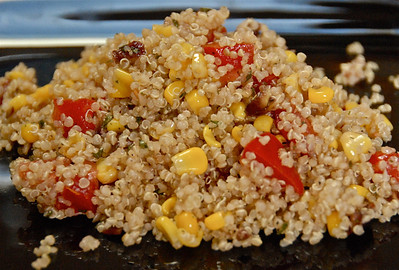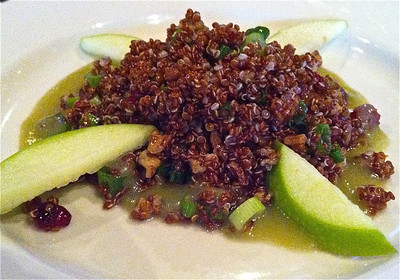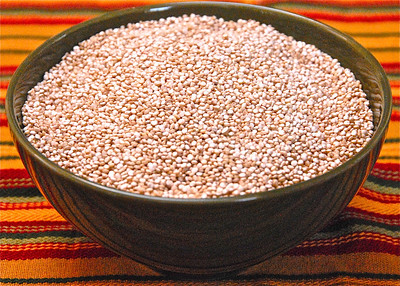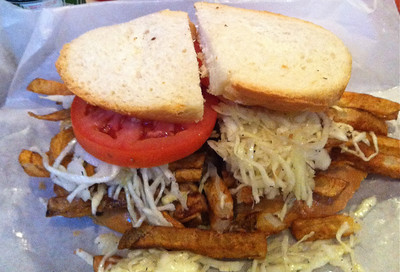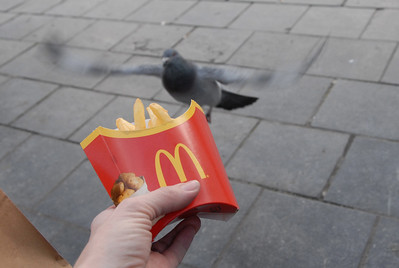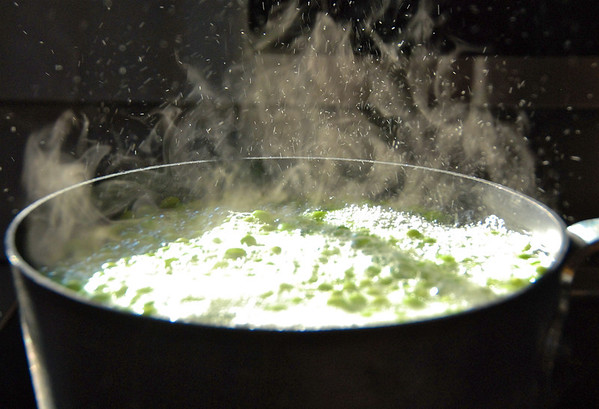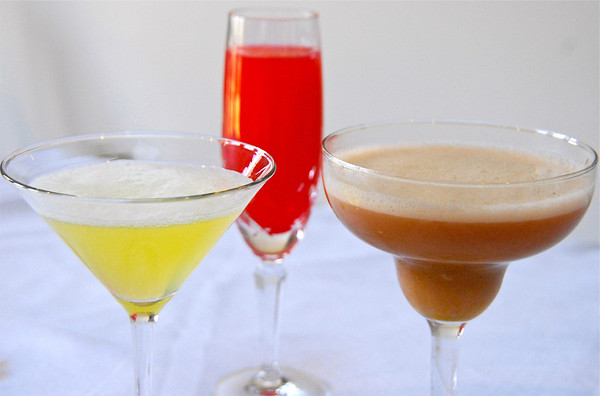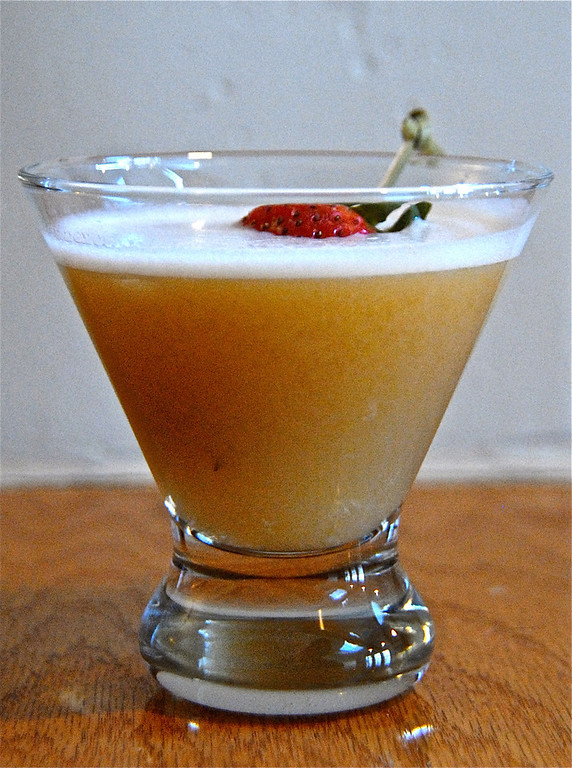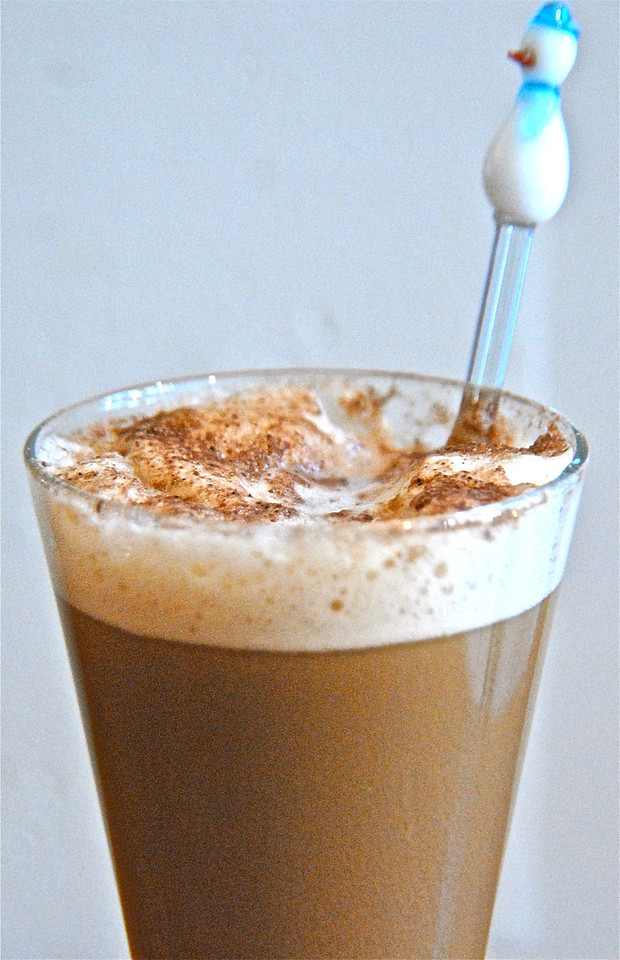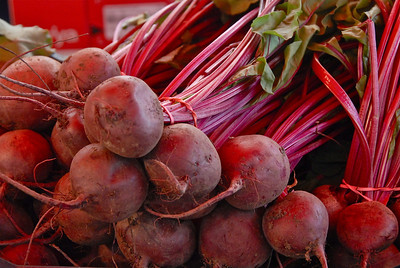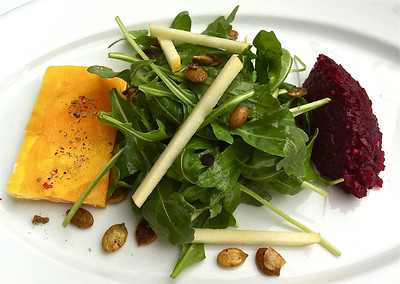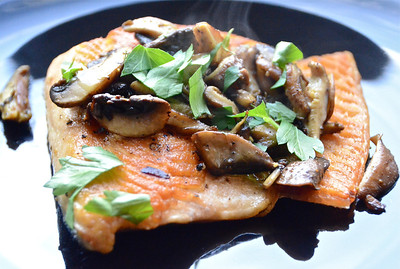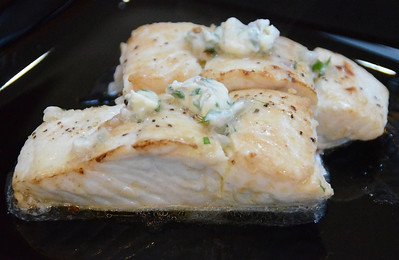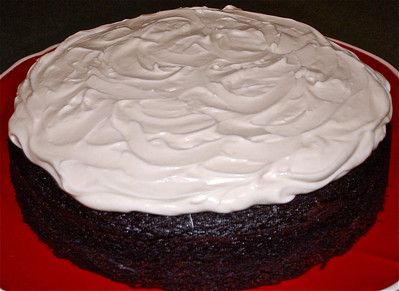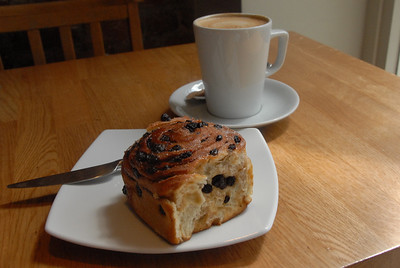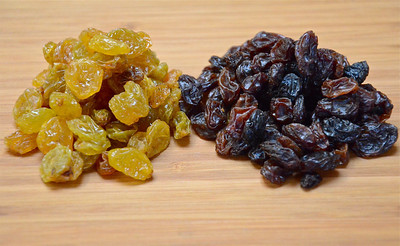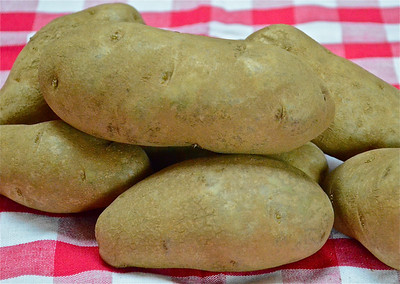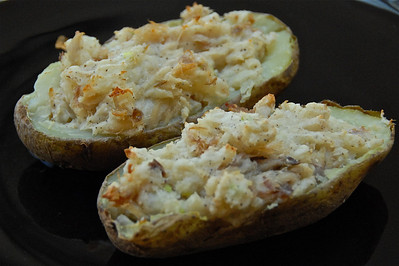On this weekend of cookouts, parades, memorial services and unseasonably sultry weather I’ve been thinking about fried squid rings or calamari. I know—90 degree temperatures do not pair well with deep-fried foods. Yet, although this dish won’t offer cool cooking for the person in the kitchen, it will make for quick, light and satisfying dining for family and friends.
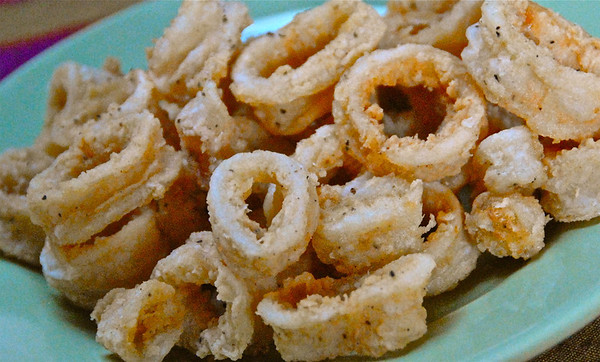
Light and crisp calamari
For many the first, and possibly only taste, of squid comes in the form of fried squid or calamari. In fact, in some circles the Italian name for squid, calamari, has become synonymous with oily, batter-coated cephalopods. Overloaded with gloppy batter and then overcooked, it gets written off as being greasy and tough, which it often is. Hence, why calamari may be someone’s first and last taste of squid.
This is truly a shame. When dusted with flour and cooked quickly in hot oil, fried squid can be ethereal eating. Plus, crisp and airy calamari doesn’t take long to prepare. If you’ve got 5 minutes, you can make a heaping plate of tasty fried squid.
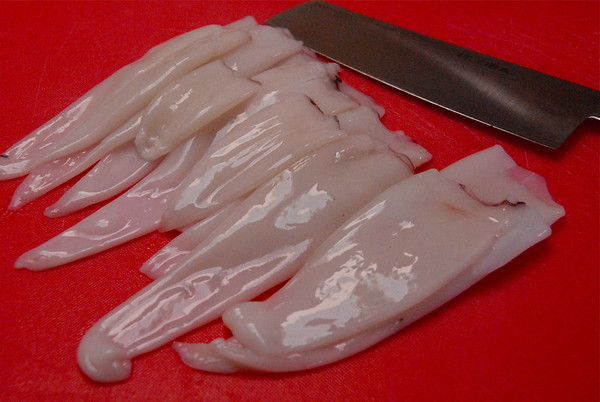
Cleaned squid
For my calamari I use purse seine- or jig-caught, California-sourced squid tubes. Low in contaminants and with a healthy, quickly reproducing population, this is presently the eco-friendliest squid. Eco-friendly statuses change periodically so, for up-to-date ratings, consult the Monterey Bay Aquarium’s Seafood Watch.
To begin, I slice the squid bodies into 1/4-inch rings. Smaller rings mean quicker cooking. The less time the squid lingers in the bubbling oil, the less greasy and chewy my resulting dish will be.
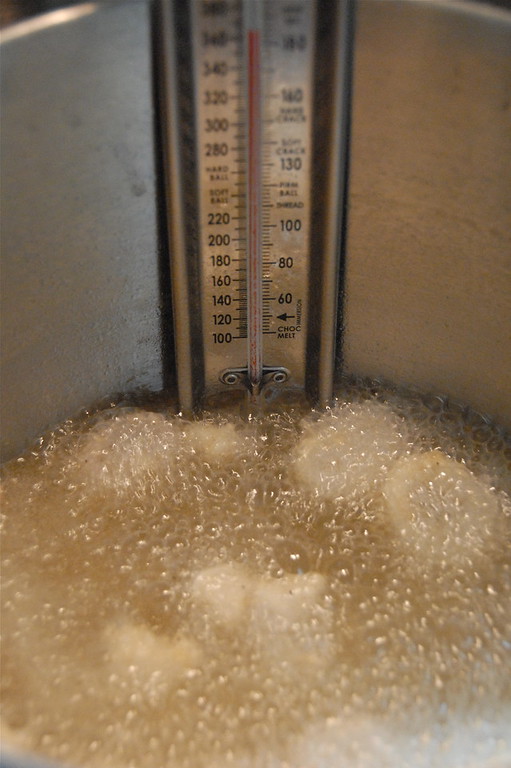
Squid bubbling away
Rather than dip my squid into a thick batter, I toss the rings in a mixture of flour, salt and pepper. I then quickly fry the squid in batches in very hot oil. In two to three minutes I’ve got a heaping plate of steaming calamari, all ready to consume.
SIMPLE CALAMARI
Serves 2
1 pound squid rings
3/4 cups unbleached all-purpose flour
1 teaspoon sea salt
1 teaspoon ground black pepper.
Grapeseed oil, enough to fill a stockpot or deep fryer with 4 inches of oil.
Heat the oil on medium-high. When the temperature reaches 350˚F, you’re ready to start cooking.
Pat dry the squid rings so that they don’t splatter when they hit the hot oil.
Place the flour, salt, and pepper in a bowl. Add the squid rings and toss to coat.
If you own a fryer basket, put the coated squid in it. Otherwise, gently lower the squid in the hot oil. Allow
the squid to fry until golden, 2 to 3 minutes.
Using a slotted spoon or strainer, remove the fried calamari and place on paper towels to dry. Serve hot with tomato sauce or aioli for dipping.
